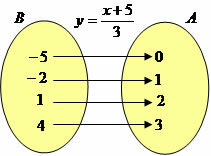Over time it will become even clearer how new stars are formed within dense clouds of gas and dust. So far it is known that the formations are very similar to majestic rocks, but are much more permeable. This new vision registered by the James Webb Telescope will help researchers with regard to star formation.
Over time and through various analyses, they will come to see more clearly how stars form and change from simply clouds of dust over millions of years.
see more
Invest in luxury: LV, Prada and more from R$50 at auction
Mystery: Discovering the function of balls in high voltage wires
Read more: NASA discovers intriguing planet very similar to Earth
Webb Telescope captures new images of stars according to NASA
NASA announced that its James Webb Space Telescope captured an image different from what was already known and extremely detailed. In addition to the dusty pillars, according to NASA, the Webb Telescope has systems that, through the red camera, capture the newly formed stars.
They are usually outside these pillars because they have diffraction peaks. The images were also shared on NASA's Instagram and thousands of people were delighted with what they saw. Check you out too:
The telescope guarantees excellent insights
In the process of forming within gas and dust, stars give off what are called ejections. Newer stars release supersonic jets that collide with clouds of material. The record of this moment for the first time was in the 90s, by Hubble, and revised in 2014.
More recently, the telescope was also able to show the collision between two distant galaxies, IC 1623 A and B. Technological advances increasingly allow for the improvement of spatial studies, expanding the previously stored knowledge. The worldwide trend for the coming years is to unravel even more mysteries of space and understand all its formation.
With the help of the James Webb Telescope this will become increasingly possible!


